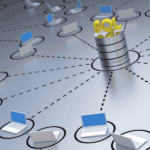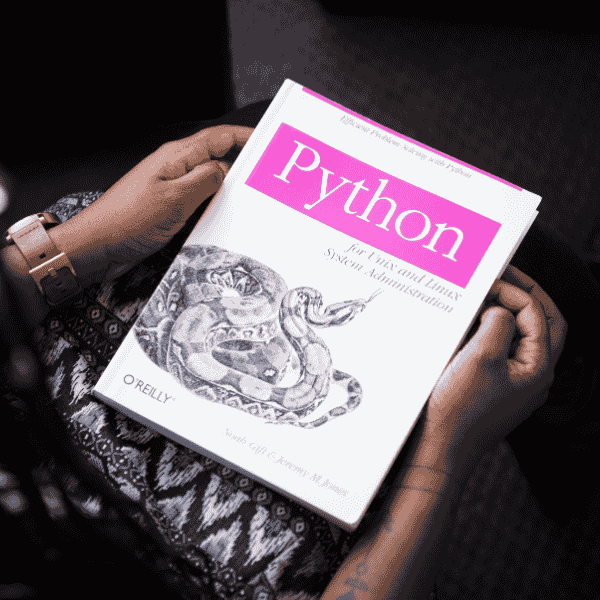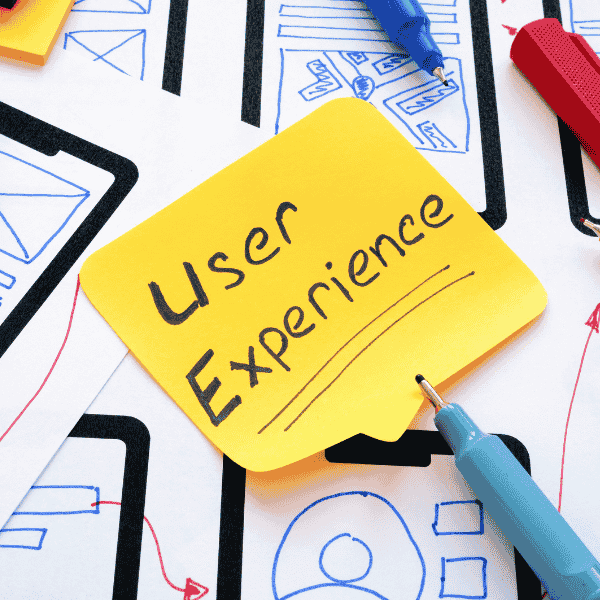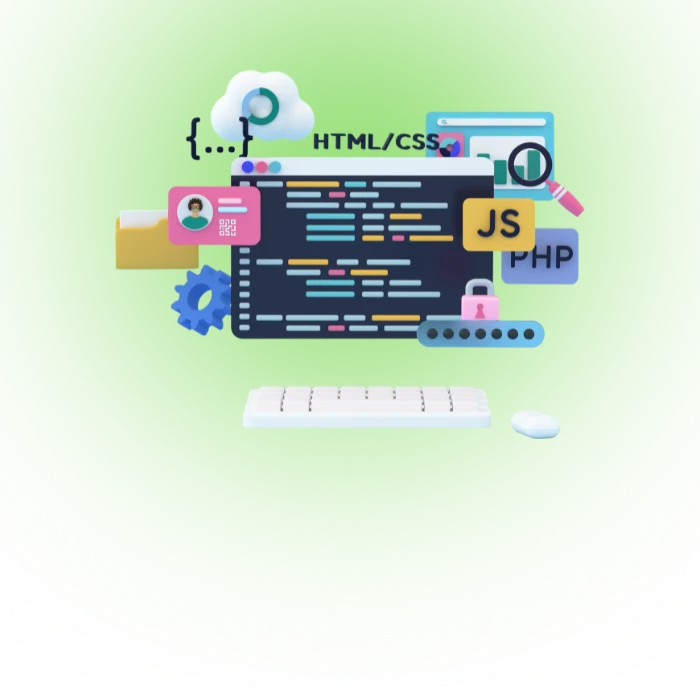What is quantum computing and how does it work?
Quantum computing performs computation using quantum states that can exist in combinations of outcomes. Qubits represent information, operations change their states, and measurements produce probabilistic results that bias toward useful answers. Practical systems pair quantum processors with classical servers, since both sides share the load during real workloads.
Key concepts behind qubits and superposition
Qubits hold more than a strict zero or one during computation because quantum states can exist as superpositions until measurement collapses them. Gates rotate those states on a unit circle rather than flipping pure bits, which enables interference to cancel wrong paths and reinforce likely right paths. Small circuits illustrate this nicely with simple Hadamard operations followed by controlled phases in Qiskit or Cirq.
Difference between classical and quantum computing
Classical computing evaluates one path per step unless vast parallel hardware runs many paths. Quantum computing prepares many paths in one evolving state, then uses interference to extract a result distribution that favors good answers. That does not speed every task, yet it shifts economics for search, simulation, and hard optimisation problems under the right mappings.
Classical vs Quantum Computer Comparison
| Aspect | Classical computer | Quantum computer |
|---|---|---|
| Data unit | Bit as 0 or 1 | Qubit in superposition |
| Parallelism | Replicate hardware | Interference across amplitudes |
| Errors | Local and correctable | Fragile, needs correction |
| Best tasks | CRUD, web, analytics | Certain search and simulation |
| Toolchains | Python, C, JVM | Qiskit, Cirq, Q#, CUDA-Q |
How entanglement makes quantum systems powerful
Entanglement links qubits so measurements on one change probabilities on the other even across distance. Circuits use these links to coordinate interference patterns that exploit structure in the problem, which lets algorithms prune search faster than naive enumeration. Error correction also relies on entanglement by spreading information across many physical qubits to protect a single logical qubit.
Why quantum computing matters for businesses today
Businesses do not need a lab to start learning or piloting. Cloud services expose real hardware behind managed APIs, while standards for post-quantum cryptography now guide transitional planning. Teams can prototype on simulators, push small workloads to devices, and build a security roadmap that reflects the NIST approvals from last year.
Competitive gains with early adoption
Early pilots surface where quantum-inspired or hybrid methods improve run times or cost on specific jobs. Small wins appear in scheduling tweaks, fraud signals, and energy set-points, even before large, error-corrected machines exist. Product groups that build literacy now avoid a big scramble later when vendor capacity opens wider.
Quantum advantage in problem solving
Quantum advantage means a quantum method solves a well-posed task better than any known classical approach under honest assumptions. Not every claim ages well, yet steady progress in error correction and control shows real movement toward scalable logical qubits. Careful problem framing matters, since many workloads still prefer great classical heuristics today.
Industry examples and real world applications
Chemistry teams explore reaction energies and materials with variational circuits. Finance teams test portfolio stress tools on simulators before touching devices. Logistics teams map routing to quadratic models and compare against tuned classical solvers. These are not science fair demos, they are focused trials with small budgets and tight metrics on latency or cost.
How does quantum computing benefit startups
Startups gain by scouting fits where a small quantum subroutine plugs into a normal stack. Managed cloud removes procurement hurdles, and credits from providers lower entry burn during the learning months. The bigger win is talent growth, since one eager developer often seeds a team that can handle hybrid workflows next quarter.
Faster complex data analysis for innovation
Exploration speed improves when simulators and classical accelerators run side by side. Teams iterate circuits on GPUs using cuQuantum or CUDA-Q, then ship tiny tests to devices only when signal looks promising. That rhythm keeps bills sane and morale steady because feedback cycles feel human, not endless.
Lower barriers with quantum as a service platforms
AWS Braket, Azure Quantum, and IBM Quantum sell access by minute, shot, or subscription. You write code in Python or Q#, choose a backend, and submit jobs through an SDK or portal. Pricing transparency varies by vendor and device, so engineers should plan for cost guards from day one.
What are the major challenges in quantum computing
Progress remains gated by noise, scale, and cost. Providers report below-threshold error correction experiments, yet full fault tolerance requires far more stable devices and deeper stacks. Planning must include realistic network assumptions, backlog windows, and change control so pilots do not stall during peak lab queues.
Hardware limitations and error correction
Noise corrupts states during gates, measurement, and idling. Surface codes spread information over many qubits, then decode syndromes to correct likely faults, which lowers logical error as code distance grows. Recent papers show operations below threshold in controlled settings, a solid step though not a full product promise. Teams should track the fine print rather than headlines.
High costs and scalability issues
Running on devices costs money per minute or per shot, and long queues slow learning. IBM lists tiered plans that start with metered minutes, while AWS lists per-task and per-shot fees and highlights batch features that reduce overheads. Azure documents pay-as-you-go and subscription models for IonQ systems within its portal. Numbers change, so link to pricing pages in your runbooks.
Dependence on cloud based access
Most teams rely on provider clouds for hardware, which means compliance review, data handling rules, and comfort with new billing lines. Offline practice still helps with simulators on laptops or GPUs, yet device time requires account controls and soft limits. Strong tagging plus weekly cost reviews keeps finance steady.
How quantum computing is used in app development
App teams integrate quantum components as services behind APIs rather than shipping qubits to phones. Hybrid jobs run in cloud or HPC clusters, with results cached and explained in plain language inside the app. Secure design keeps sensitive data hashed or aggregated before crossing network edges, which matters for regulated flows.
Quantum algorithms in machine learning
Variational circuits can act as learnable layers where structure hints produce compact models. Simulators handle training loops, and devices serve tiny evaluations when gradient stalling needs extra signal. Careful comparisons against classical baselines prevent wishful thinking, a common trap we have seen during early model trials.
Optimization in logistics and operations
Routing, assignment, and timetabling problems map to quadratic forms that quantum-inspired methods and small devices can probe. The practical path uses hybrid solvers that warm-start classical search with circuit outputs, then verify with unit tests and replayable seeds. Gains arrive as fewer miles, fewer swaps, and calmer dashboards on busy nights.
Use in secure encryption for mobile apps
Operational security planning must consider post-quantum algorithms for key exchange and signatures. NIST finalized Kyber for encryption and Dilithium plus SPHINCS+ for signatures as FIPS 203 through 205 in August 2024. Engineering teams should test hybrid key agreements and stage certificate updates long before any cryptographically relevant quantum machine shows up.
Who are the top players in quantum computing today
Large vendors ship devices, SDKs, and cloud access, while universities and startups push hardware science and error decoding. Buyers benefit from this mix because competition yields more stable APIs and better docs. A small team can learn on one stack, then test on another without rewriting every piece.
IBM Google and Microsoft contributions
IBM operates a large public fleet with Qiskit and runtime services. Google continues work on error correction and Cirq tools, including logical qubit demonstrations and benchmarking studies. Microsoft focuses on Azure Quantum access and Q# learning paths along with documentation that fits enterprise standards. These three help shape developer expectations.
Amazon Braket and Azure Quantum services
AWS Braket provides a unified SDK, device options across modalities, managed simulators, and features like program sets to batch tasks at lower overhead. Azure Quantum offers workspaces, credits at times, multiple provider backends, and QDK integrations for Python or Q#. Both aim to reduce friction around job orchestration.
Role of research institutions and startups
Universities validate physics and publish hard error studies. Startups explore trapped ions, neutral atoms, photonics, and cryo electronics that push scale. Partnerships with GPU vendors show up often, since hybrid workflows need fast simulation and scheduling. These efforts feed the cloud platforms that You touch as a customer.
How can enterprises prepare for the quantum computing era
Enterprises should build a two track plan. One track covers crypto migration and inventory. The other track funds narrow pilots with vendors under cost guards and exit ramps. Documentation should define data boundaries, change controls, and who signs off when experiments move near production records.
Building a roadmap for adoption
Roadmaps start with an asset map of cryptography in products and suppliers. Pilot workstreams then target two fit areas with clear metrics and three-month windows. Steering committees meet monthly to decide whether to extend, pause, or switch hardware. No one benefits from open-ended pilots without checkpoints.
Skills and talent needed for quantum readiness
Teams need math-curious engineers, cloud ops comfort, and product managers who can say no when results do not justify spend. Partner with universities for seminars, and sponsor internal guilds that share code recipes. Hiring for humility beats hunting unicorns who promise miracles becuase the field still shifts.
Integration with hybrid cloud systems
Hybrid jobs run near data and GPUs, then dispatch small circuits to devices. Observability needs trace ids from app request through circuit submission and back. That thread lets support replay bugs that only appear under traffic, which prevents the dreaded “works in lab, fails in prod” spiral.
What are the real world use cases of quantum computing
Use cases cluster around simulation, optimization, and cryptography. Gains arrive where structure maps cleanly to circuits or to quantum-inspired methods. Risk remains where noise or budget dominates, so teams prototype on simulators with classical baselines before touching a device queue during business hours.
Drug discovery and healthcare innovation
Quantum methods estimate molecular energies and reaction profiles that guide which candidates enter wet labs. Even coarse estimates reduce dead ends in early screens. Hospitals also test secure data matching for research cohorts using privacy-preserving flows that keep identifiers out of shared datasets.
Financial modeling and fraud detection
Scenario models benefit from hybrid sampling routines that explore tails more thoroughly. Fraud screens test small circuits that look for weakly separated patterns, then hand off to classical models for scoring. Controls must protect against spurious signals from noise, which shows up during period closes.
Climate modeling and sustainability
Grid balancing, carbon capture materials, and route planning for fleets pull from the same pool of optimization methods. Small wins compound into fewer truck rolls and smoother load curves. These results might not make headlines, yet they help budgets and footprints during tough quarters.
Advantages and disadvantages of quantum computing
Benefits focus on new methods for specific classes of problems. Disadvantages include noise, cost, skill gaps, and a security shift that touches certificates and products. Honest communication keeps leadership calm and prevents over-promising that hurts teams when timelines slip under real constraints.
Key advantages for speed and problem solving
Complex combinatorial search and simulation can see speedups or new solution quality when circuits match structure. Hybrid loops with classical optimizers make quantum parts practical rather than mystical. Teams often unlock productivity wins by simulating with GPU libraries before requesting a single device minute.
Potential risks and security concerns
Quantum progress pressures public-key cryptography, which is why standards moved forward last year. Migration touches identity, update channels, and vendor contracts. Poorly planned rollouts break clients or expose support teams to angry queues, so staged deployment with test certs is not optional any more.
What is the future of quantum computing
Future progress depends on scaling error-corrected logical qubits and bringing stable control electronics closer to the cold parts. Research now shows logical error below threshold in lab setups, which is a notable milestone though far from consumer products. Roadmaps will keep adjusting as results harden in journals rather than slides.
Timeline for practical adoption
Near term benefits come from hybrid methods and crypto migrations rather than flashy apps. Medium term wins may include better catalysts, tighter logistics, and improved risk models. Long term work pushes toward fault tolerant systems with thousands of logical qubits, which still requires heavy engineering and patient budgets.
Evolution toward full scale quantum systems
Full scale systems need better qubits, deeper codes, faster decoders, and low-heat amplifiers. Vendors, startups, and labs chip away at these layers with new materials and cryo components. Progress looks uneven week to week, yet the trend points toward more time on devices and fewer hours fighting enviromental drift.
How much does quantum computing cost for businesses
Costs split between experimentation and production. Experimentation includes simulator time, device minutes or shots, and team hours. Production would add orchestration and compliance, though few teams cross that line today. Budget by quarter and tie every run to a ticket that records purpose and outcome.
Current pricing models and quantum as a service
Vendors publish models such as per-minute rates, per-shot fees, and subscription blocks. AWS lists per-task and per-shot charges with worked examples, IBM lists plans from pay-as-you-go to premium or flex, and Azure documents IonQ plan details including per-gate shot costs. Pricing shifts often and varies by region. Bookmark the pricing pages.
Cost considerations for startups and enterprises
Startups should cap daily spend with SDK limits and CI toggles. Enterprises should pre-approve budgets with finance and run bulk jobs during provider off-peak windows. Everyone benefits from simulator-first pipelines that fail fast on laptops during review, which reduces surprise invoices and keeps trust with leadership.
How to get started with quantum computing learning
Learning paths improve when practice begins on simulators with familiar languages. Python users can try Qiskit, Cirq, or the Braket SDK. Teams with HPC background can mix CUDA-Q libraries on GPU boxes. Then push one small job to a cloud device, compare against simulation, and write down what surprised You.
Best online platforms and tools for beginners
Qiskit docs include guided notebooks and runtime examples that explain circuits, noise models, and transpilation settings. Azure provides Q# tutorials and Quantum Katas that build intuition step by step inside VS Code. Braket offers a consistent SDK and device menu with clear job states in the console. These together cover most learning styles well.
Tools for Quantum Computing Development
Quantum programming languages overview
Qiskit uses Python to build circuits and schedule passes. Cirq targets noisy devices with primitives that match hardware quirks. Q# focuses on algorithm structure and resource estimates inside Azure workflows. CUDA-Q stitches CPU, GPU, and QPU steps in one program, which helps hybrid loops run tight.
CONCLUSION
Start with a crypto inventory, then select one narrow pilot that benefits from hybrid methods. Measure simply, compare against classical baselines, and publish short notes for stakeholders. Small habits beat big promises. Teams that learn now will skip panic later, and that calm tends to compound.
Share one dataset and a target metric. We can build a simulator notebook, propose a vendor shortlist, and return a tiny experiment You can run this.
FAQs
What is quantum computing in simple terms?
Quantum computing uses quantum states to process information and find solutions for specific hard problems faster than normal computers. Qubits hold combinations of outcomes until measured, which lets algorithms explore many paths in one go.
Who is the largest quantum computing company?
IBM currently operates one of the largest public fleets of quantum systems, plus broad cloud access and Qiskit tools for developers. Google, Microsoft, and AWS also provide significant platforms and research, with different hardware and service models.
How Does Quantum Computing Works?
Quantum computing works by preparing qubits, applying quantum gates that change their states, and measuring outcomes to extract useful answers. Superposition and interference help algorithms steer probability toward correct results.
What are the Types of Quantum Computing?
Main approaches include gate-model circuits, annealing systems, and analog simulators that mimic physics directly. Gate models support error correction research and many algorithms. Annealers target certain optimization forms.
What is the difference between AI and quantum computing?
AI teaches computers to learn patterns from data, while quantum computing introduces new physics for solving certain classes of problems. Both can combine in hybrid systems where quantum routines feed features to models.






